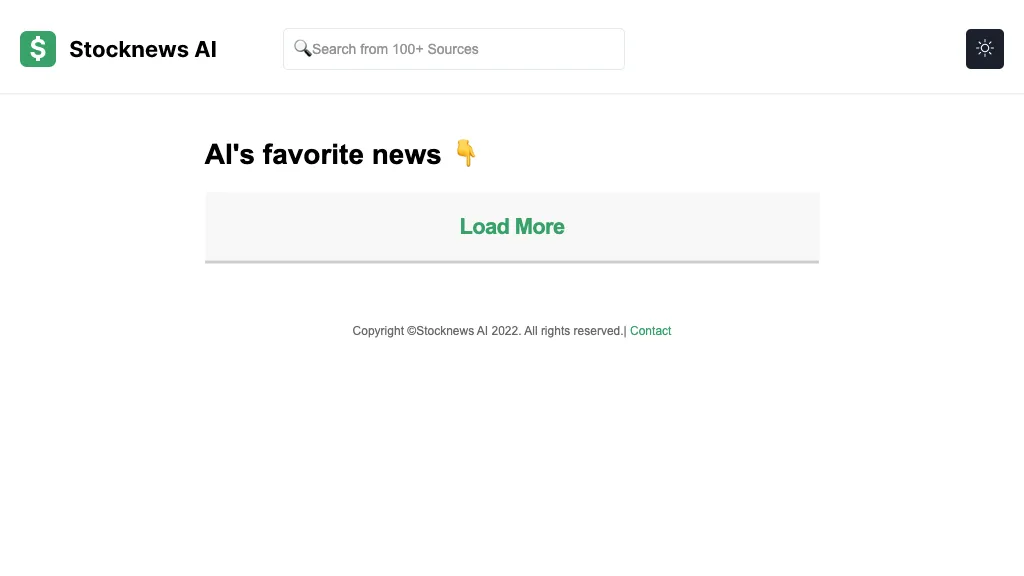20 Free Ideas For Picking AI Stock Picker Analysis Websites
20 Free Ideas For Picking AI Stock Picker Analysis Websites
Blog Article
Top 10 Tips For Evaluating The Customer Support Of Ai Stock Predicting/Analyzing Trading Platforms
Support for customers is essential when selecting an AI trading platform that can predict or analyze stocks. Support that is reliable and responsive is a key element in resolving issues, maximizing platform usage and making sure that trading is smooth. Here are 10 top suggestions to analyze the level of customer service offered by these platforms.
1. Evaluation of Support Availability
24/7 support: Find out if the platform provides 24/7 assistance, which is especially crucial for international markets and real-time trading.
Hours of business: If there is no 24/7 support You should make sure that support is available at the time you need it.
Find out if support is available on weekends, holidays or during market closures.
2. Test Response Times
Initial response Test the support team by sending an easy test question.
Resolution time: Determine the time frame you will need to deal with issues until they are solved, and don't simply admit their existence.
Live chat If it's available be sure to test the response speed and efficiency.
3. Review the Support Channels
Multichannel Support: The platform must offer support via a variety of channels (e.g. live chat, email, and phone).
You can check your preferred channel to see if it is trustworthy and accessible.
Self-service solutions: To speed up problem solving, look for comprehensive information bases, FAQs or community forums.
4. Check the Quality of Support
Expertise: Ensure that the support agents you choose are knowledgeable in trading, platform issues and technical issues.
Check if the agent is able to solve complex problems or escalate issues in a timely manner.
Professionalism. Make sure that all interactions with support were professional, courteous, friendly.
5. Make sure you are in touch with the Account Manager
Premium Support: Ensure that the higher-tier users and institutional customers have access dedicated account managers.
Check to see if the account manager offers tailored support, proactive guidance and prompt assistance.
Relationship building: Find out if account managers are accessible and establish lasting relationships with users.
Review Documentation
Knowledge base: Make sure that the platform offers an easily searchable, well-organized and comprehensive knowledge base, including tutorials and guides.
Video tutorials - See whether your platform provides video tutorials, or webinars that are suitable for visually learners.
API documentation If you're a developer check if the platform offers precise and clear API documentation.
7. Examine peer and community support
Forums for users. Check if your platform has an active forum or user community in which you can find tips and tricks.
Social media groups: Search for groups on social networks that are not official (e.g. Reddit. Facebook. LinkedIn), where users are discussing the platform.
Community engagement: Determine whether members of the team actively participate in forums or discussions within the community.
8. Evaluate Escalation Processes
Issue escalation: Ensure there's a clear process for escalating problems that haven't been resolved to management or support at a higher level.
Follow-up - Check to see if the support team continues to follow up with you once you've solved the issue.
Feedback loop: Make sure that the platform is collecting user feedback to improve support services.
9. Test Support for Critical Situations
Market volatility: Assess the responsiveness of staff members in times of high market volatility.
Technical issues: You can simulate a technical problem (e.g. login issues, data discrepancies) to observe the support team's reaction.
Trade execution - Make sure that support is available to help with urgent trade-related issues (e.g. orders not being executed, delays in execution).
Use User Feedback to improve
Online reviews: Use platforms such as copyright G2 or Reddit for user reviews to determine overall satisfaction.
Testimonials: Search for testimonials or case studies highlighting positive experiences with support.
Complaints: Find out what the platform does with complaints and feedback regarding the support.
Bonus Tips
Support during the free trial or demo.
Support for languages: If you're not a native English speaker, check if you can get support in the language you prefer.
Training and onboarding - Make sure to see if the platform has classes or onboarding to help users get started.
Following these tips can aid you in assessing the quality of customer service provided by AI trading platforms which predict or analyze stock prices. Then, you will be able to choose a trading platform providing reliable, prompt, and helpful support. A platform with a strong customer service can improve your experience, and help you to make the most out of its capabilities. Follow the top rated our site about best ai for trading for site recommendations including ai for trading, ai for investment, best ai for trading, chart ai trading assistant, best ai for trading, trading with ai, investment ai, ai investing, ai investment app, best ai stock trading bot free and more.
Top 10 Tips For Assessing The Scalability Ai Technology For Predicting And Analyzing Trading Platforms
It is essential to determine the performance and scalability of AI-driven trading and stock prediction platforms. This will guarantee that they can manage the growing volume of data as well as market complexity and user demands. Here are the top ten tips to assess scalability.
1. Evaluate Data Handling Capacity
Tips: Ensure that the platform you are considering is able to handle and process large amounts of data.
What is the reason? Scalable platforms should be able to handle increasing data volumes with no performance reduction.
2. Test the Real-Time Processing Capability
TIP: Examine how the platform handles real-time data streams, such as live stock prices, or breaking news.
What is the reason? Trading decisions that are real-time require analysis of data in real-time. In the event of delays, it could result in missed opportunities.
3. Check Cloud Infrastructure and Elasticity
Tip: Find out whether the platform has the ability to dynamically scale resources, and if it uses cloud infrastructure (e.g. AWS Cloud, Google Cloud, Azure).
Why? Cloud platforms allow flexibility. The system is able to scale up or back down in accordance with the need.
4. Assess Algorithm Efficiency
Tip: Determine the efficiency of AI models that are employed to predict (e.g. Deep Learning and Reinforcement Learning).
Reason: Complex algorithmic structures can consume a lot of resources. Making them more efficient is essential to scale them.
5. Study Parallel and Distributed Computing
Tips: Find out if a platform makes use of parallel processing and distributed computing frameworks.
Why: These technologies allow faster data processing and analytics across multiple nodes.
Review API Integration & Interoperability
Tips: Make sure that the platform can integrate with other APIs like brokers and market data providers. APIs.
Why? Because the platform is able to adapt to changing market conditions and data sources due to the seamless integration.
7. Analyze User Load Handling
Try simulating traffic volumes that are high to determine the performance of your platform.
What's the reason? A platform that is scalable should be able to keep up with performance as the number of users increases.
8. Analyze the model retraining and adaptability
Tip - Assess how frequently the AI model is retrained and at what rate.
The reason is that as markets change, models must be updated rapidly to remain exact.
9. Check Fault Tolerance (Fault Tolerance) and Redundancy
TIP: Ensure that the platform has failover mechanism and redundancy for hardware or software malfunctions.
The reason: Downtime is expensive in trading, which is why fault tolerance is essential to allow for the ability to scale.
10. Monitor Cost Efficiency
Tip: Analyze the cost of expanding the platform, such as cloud resources, data storage, and computing power.
Why: The price of scalability should not be unsustainable. Therefore, it is crucial to find a balance between performance and costs.
Bonus Tip: Future-proofing
Be sure that the platform supports the latest technology (e.g. quantum computing, advanced NLP), and is able to adjust to changes in the regulatory environment.
If you focus your attention on these aspects it is possible to accurately evaluate the scalability AI prediction as well as trading platforms. This ensures that they are robust, efficient, and also prepared for expansion. Take a look at the recommended chart ai trading hints for blog examples including stock predictor, ai options, stock trading ai, how to use ai for stock trading, chart analysis ai, ai share trading, how to use ai for stock trading, ai tools for trading, trading ai tool, chart analysis ai and more.